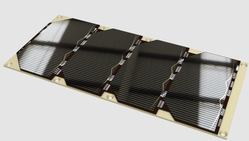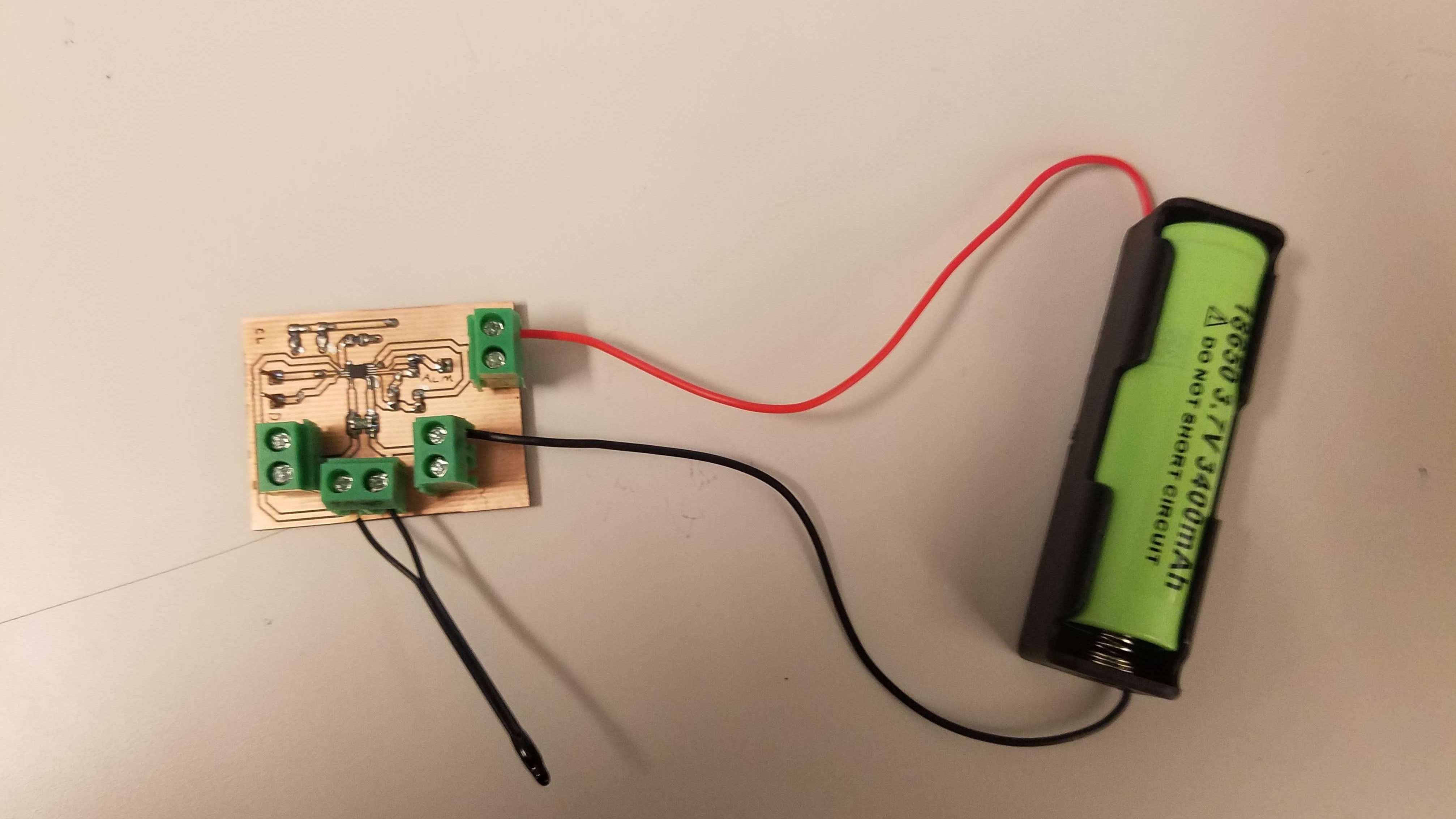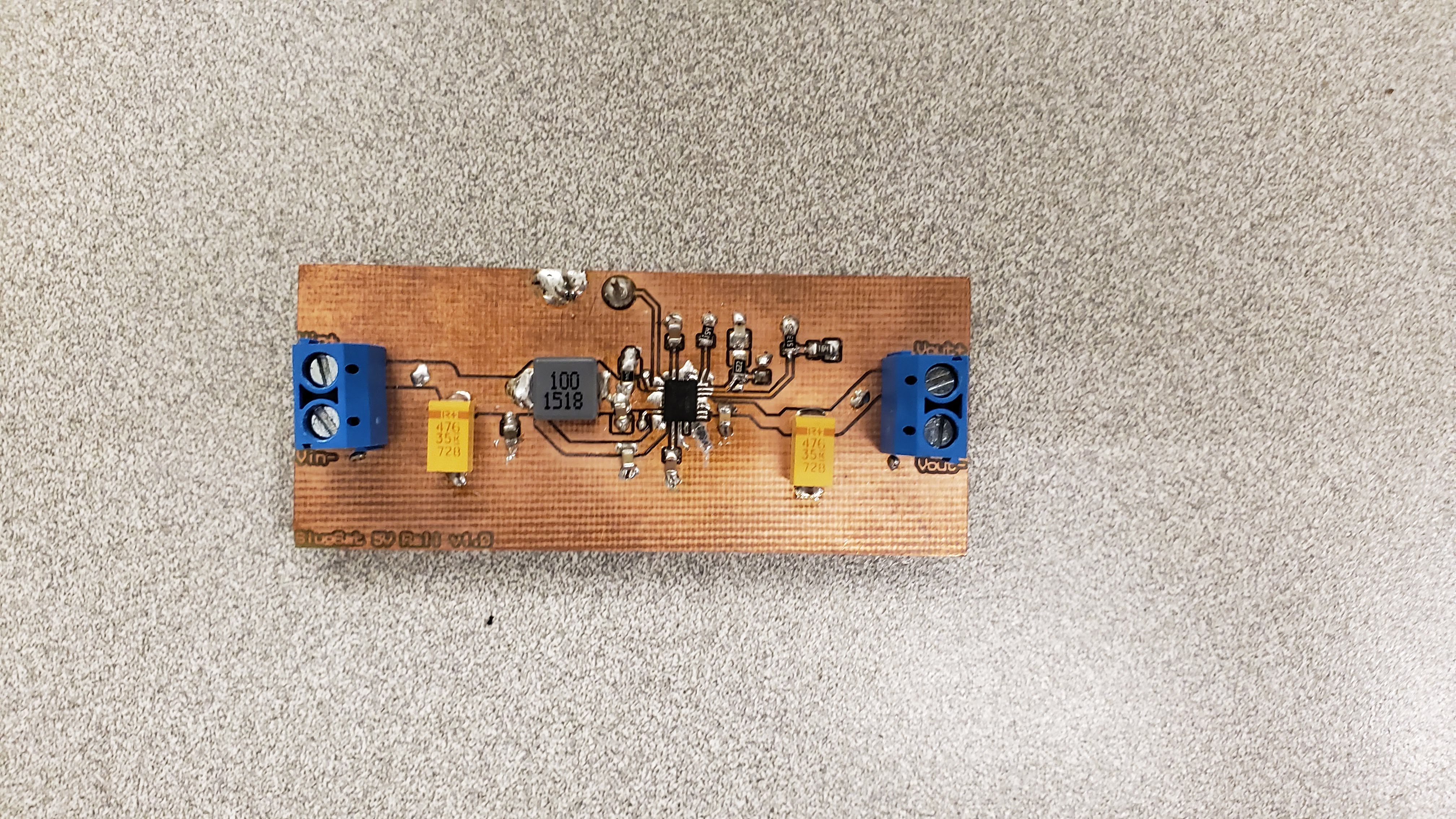
The electric power system(EPS) will use solar cells as its primary source of energy and will be mounted on the sides of the satellite. The power generated will then be maximized using a maximum power point tracking(MPPT) module.

In order to power the satellite during eclipse a secondary power source is needed. This will consist of lithium ion batteries and it will store excess power generated from the solar cells. The battery unit will also consist of a battery management system, which will maintain the health of the batteries.

The incoming power will be converted to the appropriate voltages required from each subsystem. This is done using highly efficient switching DC/DC converters so that we can maximize the available power to the subsystems.
The block diagram below represents the top level design of the EPS, consisting of four major blocks: power generation, power conditioning, battery unit, and power distribution. The power generation block consists of solar cells as the primary source of power for the satellite. The conditioning block consists of a battery charger that maximizes the power generated from those cells through a maximum power point tracking (MPPT) algorithm, which can charge the battery unit and power the subsystems simultaneously. The battery unit will store excess power generated from solar cells and power the subsystems and payloads, both during eclipse or when the solar cells cannot sufficiently power the subsystems on its own. Lastly, the power distribution block will convert the incoming power to the appropriate voltages required by the subsystems via DC/DC converters.
